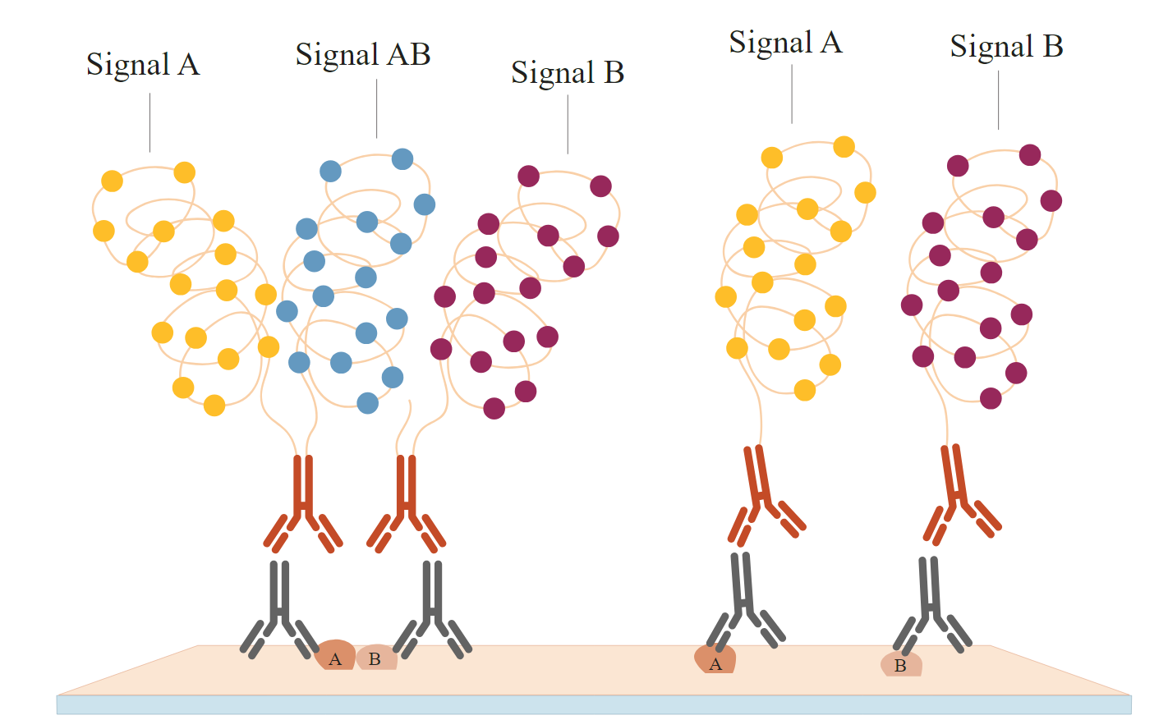De-mystifying Proximity ligation assays
So you know where your proteins are in your tissues. That’s nice, but in a biological system it’s the interactions that make it work!
Immunohistochemistry based assays are the go–to option for demonstrating spatial protein locations, but just using enzyme substrates with an antibody- enzyme based system, the traditional recommendation was that proteins in the same cell compartment could struggle to be detected because of steric hinderance of the substrate potentially preventing detection of a second antigen in the same location.
Fluorescence microscopy enabled this issue to be avoided, but the limits of this are also stretched because of the diffraction limit of light. Some super resolution techniques can get closer to demonstrating interacting proteins, but these microscopes are usually well booked up and can require massive data storage!
Proximity ligation assays can offer an alternative. The principle of the assay is that two labelled antibodies with complementary DNA probes are used to label their targets in the tissue. ONLY where the proteins are in close enough proximity (10-40nm) that the DNA strands can form a loop for rolling circle amplification and subsequent detection with the companion probe are developed. This results in a clean, sensitive and proximity based assay that can use a fluorescent or colourimetric end point that can be read with a standard microscope.
More recent developments have resulted in kits such as the Navinci™ TriFlex kits - the probe design enables three different readouts – the relative amounts of 2 distinct proteins and a third distinct colour where these proteins are interacting.
Not only does this technology enable co-localisation, but detection of post translational modifications of proteins can also be revealed – such as phosphorylation of proteins etc.
2BScientific is pleased to announce a new partnership with Navinci Diagnostics to bring these field leading reagents to our customers in the UK and Ireland. https://www.2bscientific.com/products?manu=311
Contact us for more details, or to book a call if you have any questions.
